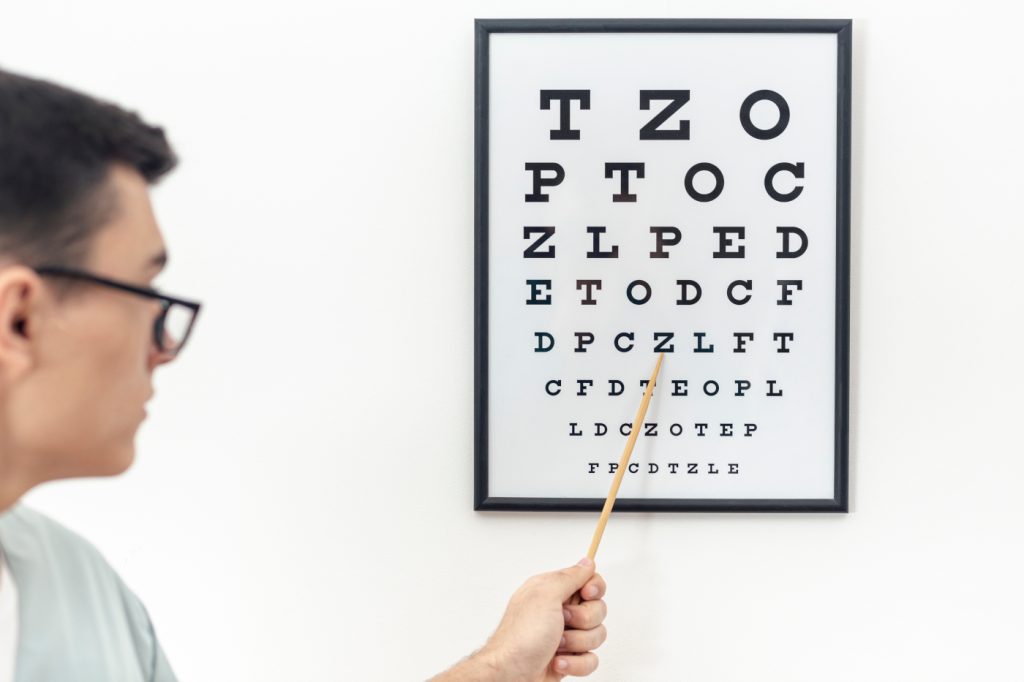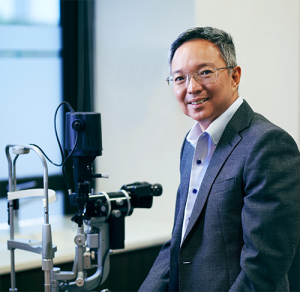Glaucoma is a group of eye conditions that affect the optic nerve, which is what transmits images from our retina to our brain. This condition is usually, but not always, caused by high pressure within the eyeball. In Singapore, glaucoma affects about 3% of those who are 40 years old and above, with an increased risk as they age, according to the National University Hospital. As such, understanding what causes glaucoma and the risk factors that come with it is crucial for early detection and prevention.
What Are The Different Types of Glaucoma and Their Causes?
Here is what you should know about the different types of glaucoma and their causes:
Open-Angle Glaucoma
This is considered the most common type of glaucoma. With open-angle glaucoma, the drainage angle created between the iris and the cornea stays open, yet other segments of the drainage system fail to function correctly. This can result in a slow and steady rise in eye pressure. Moreover, this type of glaucoma develops slowly and does not have early symptoms.
Angle-Closure Glaucoma
Angle-closure glaucoma is characterised by the sudden blockage of the eye’s drainage canals, leading to a rapid increase in intraocular pressure. This is because of the closed or narrow-angle between the iris and cornea, where the fluid drainage channel is found. This type of glaucoma manifests in symptoms such as severe eye pain, nausea, red eyes, and blurred vision.
Normal-Tension Glaucoma
In normal-tension glaucoma, optic nerve damage happens even if your eye has normal pressure. The exact causes are still under investigation. However, according to the Glaucoma Research Foundation, it is believed that factors contributing to this condition may include abnormalities in blood flow to the optic nerve and weak optic nerve tissue. Additionally, the symptoms of this condition range from non-progressive, asymptomatic disease to bilateral blindness.
Glaucoma in Children
Glaucoma can also affect children from birth or develop during childhood. Known as congenital, infantile, or juvenile glaucoma, these types are often caused by incorrect or underdeveloped drainage canals during the prenatal period. Signs for infants that may have glaucoma include dull or cloudy eyes, increased blinking, and tears without crying. For children with glaucoma, symptoms include blurred vision, nearsightedness that gets worse, and headache.
Pigmentary Glaucoma
This form of glaucoma is considered a secondary open-angle glaucoma. According to research in the National Library of Medicine, this type of glaucoma is caused by pigment loss from constant friction and rubbing between the posterior iris pigment epithelium and the lens zonules during pupil movement. This results in a deposit of pigment granules on tissue found at the angle where the iris and cornea meet. As the granule deposits accumulate, this can cause an increase in eye pressure, which can affect your vision. Additionally, when you do activities, such as jogging, this may occasionally stir up the pigment granules.
What Are the Risk Factors for Glaucoma?
It’s essential that you watch out for the following risk factors so you can seek early intervention from a glaucoma doctor in Singapore and mitigate its development:
- Age, particularly those over 40
- A family history of the condition
- High internal eye pressure (intraocular pressure)
- Those with corneas that are thin in the centre
- Certain medical conditions, such as diabetes, heart disease, or high blood pressure
- Prolonged use of corticosteroid medications, especially eye drops
- Severe nearsightedness or farsightedness
- Eye injury

How to Mitigate the Risk of Developing Glaucoma
While glaucoma cannot be prevented entirely, you can reduce your risk and the potential severity of the disease through regular eye examination and understanding your risk factors. Early detection through comprehensive eye examination in Singapore is key, as treatment can then be started to slow or prevent vision loss.
Regular eye examinations are essential for detecting glaucoma and other eye conditions early, especially for those at increased risk. In addition, finding the right eye specialist in Singapore is crucial for receiving proper care and management of your condition. A glaucoma doctor can provide tailored advice, conduct thorough eye examinations, and recommend a care plan based on your specific needs.
For more information about glaucoma, learn more about living with glaucoma and how to manage your eye health.

Dr. Christopher Khng, specializes in Complex Cataract and Anterior Segment Reconstruction Surgery, in particular, Iris Reconstruction and surgery for Aniridia. His other areas of expertise include Complex Lens surgery, New Lens and Phacoemulsification technologies, Refractive surgery, Phakic IOLs (the Implantable Collamer Lens, ICL), and small-incision, topical anesthesia phacoemulsification cataract surgery. Dr. Khng is a member of the Singapore Medical Association (SMA), a Fellow of the American Academy of Ophthalmology, the American Society of Cataract and Refractive Surgery (ASCRS), and the European Society of Cataract and Refractive Surgery (ECSRS). He is registered with the Singapore Medical Council (SMC) in Singapore and with the General Medical Council (GMC) for practice in the United Kingdom.

